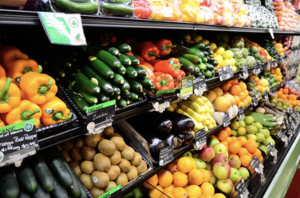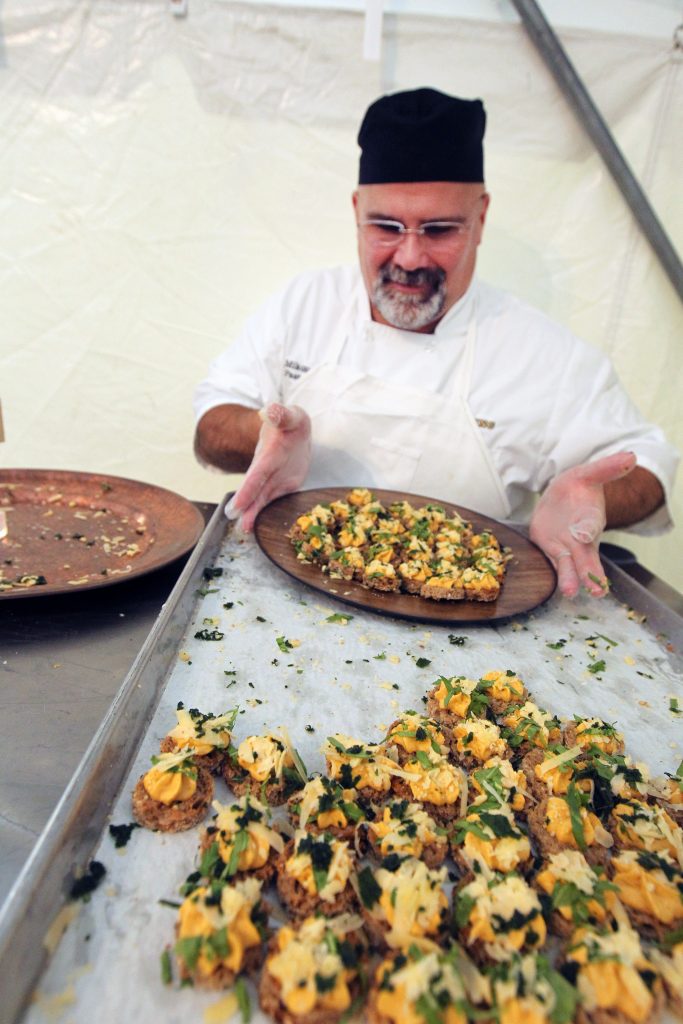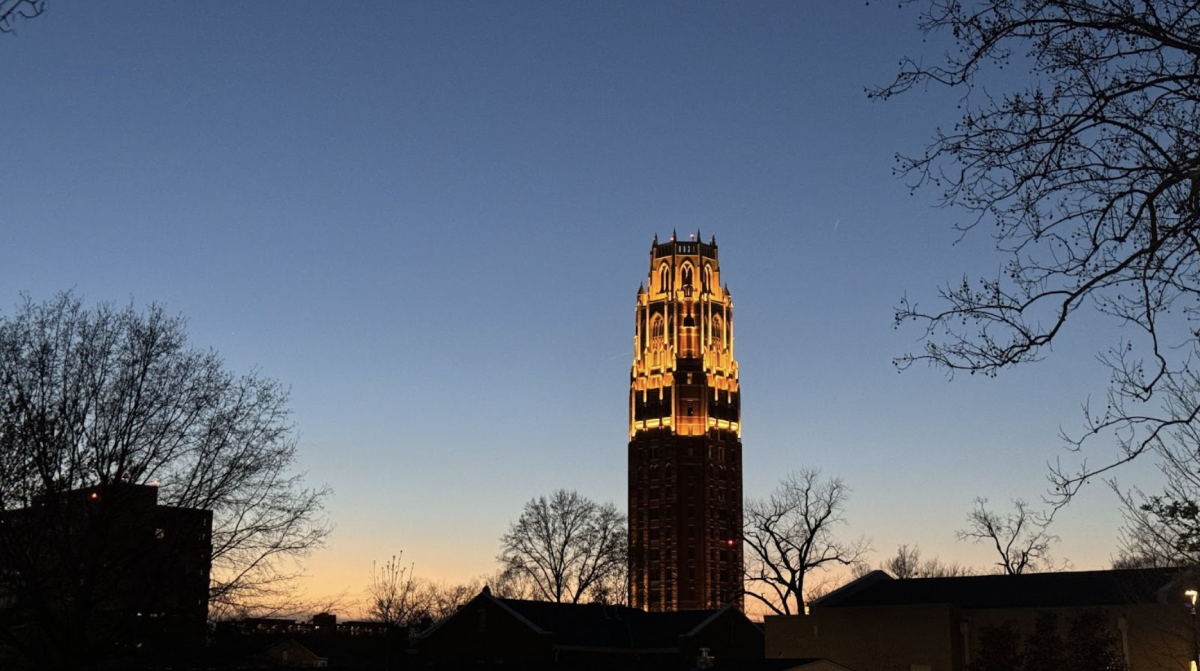For the past decade, Vanderbilt Campus Dining has been winning awards at an impressive rate, achieving a top 15 ranking for best college food every year since 2013. With 24 different locations on campus for students to get a meal anytime during the school year. Vanderbilt Campus Dining offers a wide variety of food choices, ranging from Kosher and Vegetarian meals available at Grins to chef-prepared meals in the Rand Dining Hall. In addition, by limiting students to one entrée and three sides (or no entrée and five sides) with each meal swipe, Vanderbilt Campus Dining has worked to minimize the amount of waste produced by the school, reducing Vanderbilt’s eco-footprint. With all of these glowing commendations, it appears that Vanderbilt has a premier, high-quality food service on campus.
Not everything is as great as it seems though. After digging deeper into Vanderbilt Campus Dining’s operations, lots of issues surface. Students on campus routinely complain that lines are too long, not only when getting food, but also when checking out at the registers. Vanderbilt’s four meal periods heavily restrict when and how often students can get food, leaving many students feeling frustrated they cannot use their swipes when they want to. This frustration is compounded by a lack of dining options open on the weekend, forcing many students to dine off-campus or to make their own meals. The chief complaint among students though is the cost of the meal plan. Students on campus voice questions regarding where their money is going and why they are paying thousands of dollars for their food. Are students at Vanderbilt really getting what they paid for with the required meal plan?
To answer this question, we can analyze the economics behind the meal plan to see if students are really receiving a good value for what they paid. According to the US Bureau of Labor Statistics, the average American spends $2.42 per meal. So why is it that Vanderbilt freshmen are left paying $7.42/meal while upperclassmen on a 14-meal plan pay $9.55/meal? The majority of students are paying up to a 394% premium to eat on campus, with students living in Kissam paying a 400% premium due to higher priced meal plans. Vanderbilt’s utilization monopoly pricing–charging different groups of people different prices–reduces the value that upperclassmen and students living in Kissam receive from the meal plan. Freshmen get more value for each dollar they spend compared to upperclassmen. Assuming the prices Vanderbilt charges for food are justified, the majority of students are still not getting the full value out of the meal plan. Every time a student goes to a munchie mart and uses a swipe for a meal that costs less than the cost per meal from the meal plan, they are leaving money on the table. This lost value is compounded by missed meals, especially during breaks or days when students aren’t even on campus. With upperclassmen only receiving $3.15 in rollover per missed meal which is capped at $50, students are paying upwards of $6 for a meal that they are not even receiving.
Where is all of this extra money going? According to statistics provided by Vanderbilt Campus Dining, the average cost per meal at Vanderbilt is $13. Since costs are more than the $9.55/meal most students are paying, Campus Dining uses the $3.15 in rollover to make up the lost profit from each meal sold. By giving students only $3.15 in meal money per missed meal, Campus Dining is recouping $6.40 for each unused meal without having to offer any goods or services in return. In essence, the lost value of each missed meal goes towards paying the difference in Vanderbilt’s cost per meal and the price students pay per meal. Campus Dining does not keep track of the amount of missed swipes per student, making this justification questionable since there is no way to verify that the money made from missed meal swipes is equal to the money lost for each meal sold. In addition, this only accounts for revenue from students and does not factor in sales to visitors and faculty, making Campus Dining’s price justifications suspect.
“the large drop in residential students at the peak of construction and the downward pressure on our revenue creates a financially challenging environment to run the dining program.”
As a non-profit, Vanderbilt Dining has a profit of $0, meaning that all the extra money is reinvested into growing Campus Dining as a whole. In the next three years, Vanderbilt projects for there to be almost 1,000 fewer students living on campus. Compounded with plans for new residential colleges in the next four years and the increased costs associated with running these operations, Vanderbilt faces a large problem making sure that revenue growth matches the growth in costs. As David Ter Kuile, the head of Vanderbilt Campus Dining, puts it, “the large drop in residential students at the peak of construction and the downward pressure on our revenue creates a financially challenging environment to run the dining program.” Basically, students are paying higher costs now so Vanderbilt Campus Dining can grow in the future. Looking at the cost of the Vanderbilt meal plan through this lens, students are still not receiving a fair value for the money they pay. Current students are subsidizing Vanderbilt’s construction without receiving anything in return. The majority of students may never even be able to utilize the new dining halls and food options they are paying for with their meal plan. The average student is being overcharged. This raises further questions about the ethics of forcing a captive customer (since students are required to purchase some form of the meal plan) to subsidize the future growth of Campus dining, something most students will never be able to take advantage of. Looking forward, it would be beneficial if Vanderbilt Campus Dining considered not making the meal plan required, offered tiered services, or had price adjustable meal plans based on student dining utilization rates to help students get more value for their money. All three of these options would work in reducing unnecessary spending on meal plans and would allow for greater customization by students based on how much they wish to use the meal plan.











